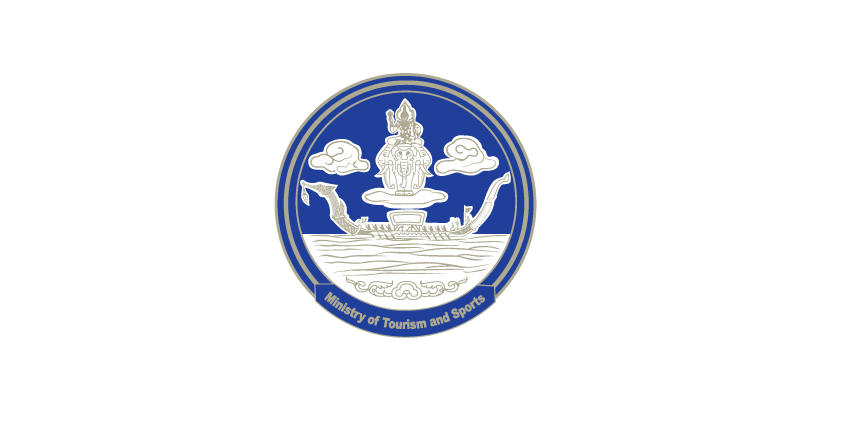Beginning a brand new initiative to ensure that the needs of the travellers are heard by the state government, the Thai Ministry for Tourism and Sports has developed a new regulatory body viz. Tourist Assistance Centres (TACs) for offering tourists a support system in case of natural or man-made eventualities.
The concept of TAC has been framed after detailed research and reasoning. For instance, during natural calamities the governments find it difficult to communicate with the innumerable travellers at different tourist spots of the country or city. If such situations strike in Thailand, TACs will act as a savior. It will make apt suggestions to the government bodies and assist the tourists on-ground.
The prominent functions of TACs are mentioned below:
- To suggest policies and standards for solving issues relating to fraudulent activities against travellers
- To establish the standards of safety and create an efficient preventive system to avert injuries while travelling
- To keep an eye on activities and follow-up plans at several at-risk tourist attractions
To build a better brand awareness, TACs will not only publicize and provide emergency notifications but will also manage and develop network systems that will assist the travellers. This regulatory body will co-ordinate with relevant agencies to impart assistance, convenience and troubleshoot issues with regards to fraud activities and inspect unusual situations that might hamper their safety.
Focusing on Indian travellers, the Director of Tourism Authority of Thailand (TAT), MS Soraya Homchuen, quoted:
“India being one of Thailand’s foremost markets, showing among the largest number of tourist arrivals annually, I expect that this news will be well-received. All destinations popular among Indian tourists will have a TAC. I expect this to be a great convenience to Indian travellers.”
A few TACs are already running successfully in multiple locations like Chiang Rai, Chiang Mai, Ubon Ratchatthani, Sukhothai, Kanchanaburi, Phuket, Krabi, Songkhla, Suratthani and Chonburi. The concerned authorities have attempted to make TACs as approachable as possible via e-mails, phone calls and social media websites. With such traveller-friendly developments, the Thai Ministry of Tourism and Sports aims to do everything in its power to satisfy the needs of the travellers. It will follow a prevention and cure strategy in reducing tourist woes.
In your opinion how impactful will this development be for Thailand’s travel and tourism industry?



















